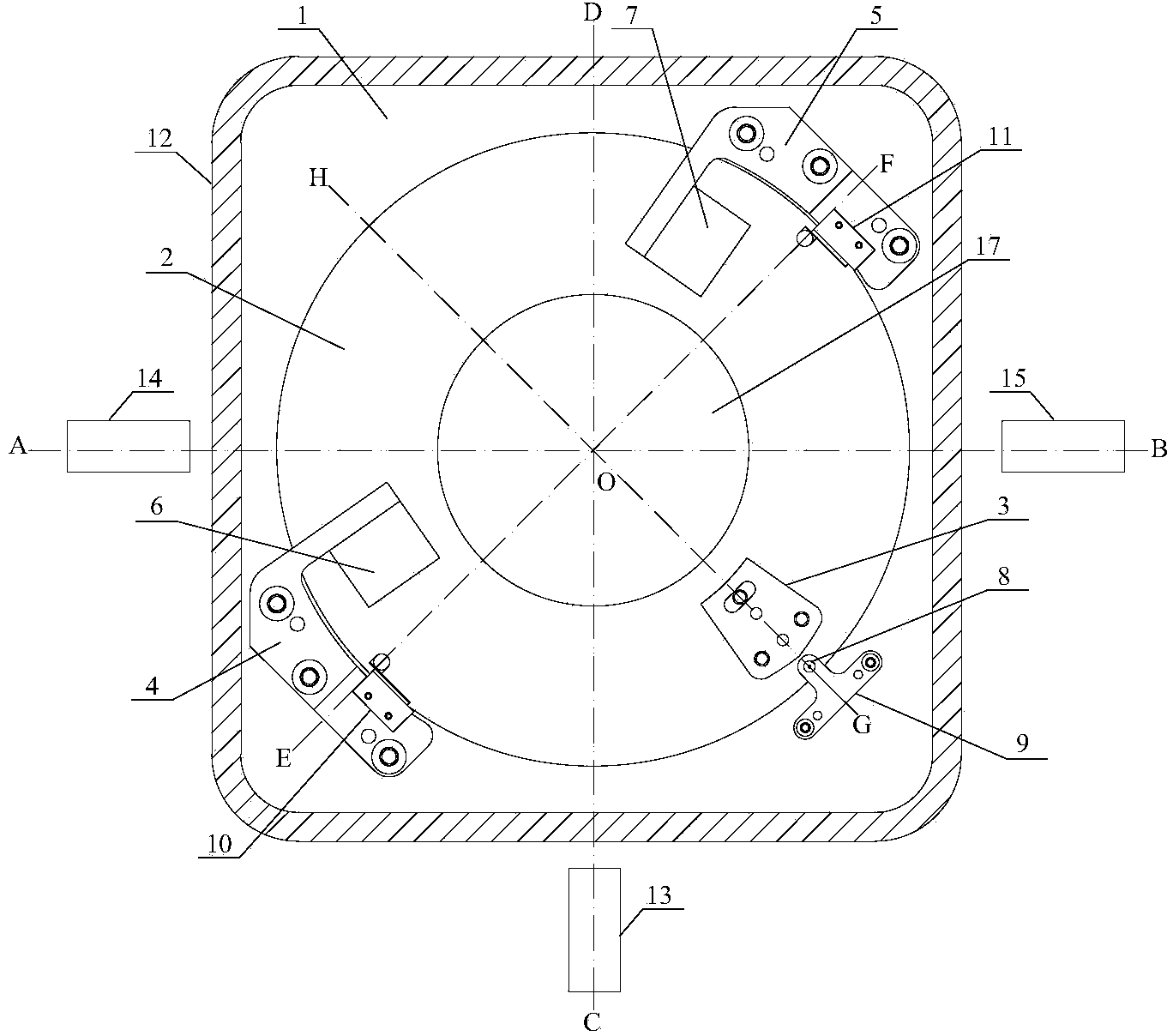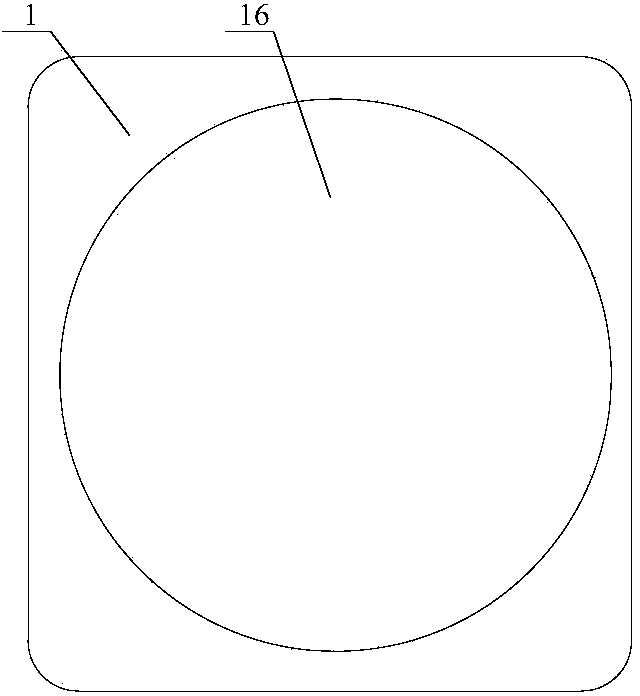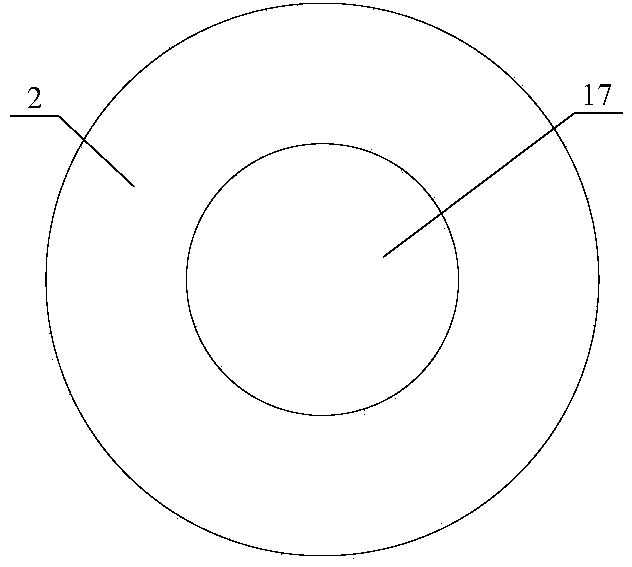Three-channel shifter and shifting method thereof
A switching device and three-channel technology, applied in the direction of electrical program control, sequence/logic controller program control, etc., can solve the problems of long braking and positioning time of the rotor, slow channel switching speed, and low positioning accuracy of channel switching , achieve the effect of shortening the braking and positioning time, increasing the speed and accuracy, and improving the positioning accuracy
- Summary
- Abstract
- Description
- Claims
- Application Information
AI Technical Summary
Problems solved by technology
Method used
Image
Examples
Embodiment Construction
[0039] The content of the invention of the present invention will be further described below in conjunction with the accompanying drawings and embodiments.
[0040] Such as figure 1 As shown, the three-channel switching device provided in this embodiment includes a stator 1, a rotor 2, a positioning block 3, a first positioning bracket 4, a second positioning bracket 5, a first electromagnet 6, a second electromagnet 7, and a photoelectric cell 8 , photoelectric tube base 9, first travel switch 10, second travel switch 11, photoelectric code disc (not shown in the figure), shell 12, controller 19 and driving device 20.
[0041] Such as figure 2 As shown, the stator 1 is, for example, rectangular, with a circular through hole 16 inside. Such as image 3 As shown, the rotor 2 has a cylindrical shape, and an eg circular cavity 17 is provided inside it. The rotor 2 is disposed in the through hole 16 of the stator 1 , and the inner diameter of the through hole 16 matches the o...
PUM
 Login to View More
Login to View More Abstract
Description
Claims
Application Information
 Login to View More
Login to View More - Generate Ideas
- Intellectual Property
- Life Sciences
- Materials
- Tech Scout
- Unparalleled Data Quality
- Higher Quality Content
- 60% Fewer Hallucinations
Browse by: Latest US Patents, China's latest patents, Technical Efficacy Thesaurus, Application Domain, Technology Topic, Popular Technical Reports.
© 2025 PatSnap. All rights reserved.Legal|Privacy policy|Modern Slavery Act Transparency Statement|Sitemap|About US| Contact US: help@patsnap.com



